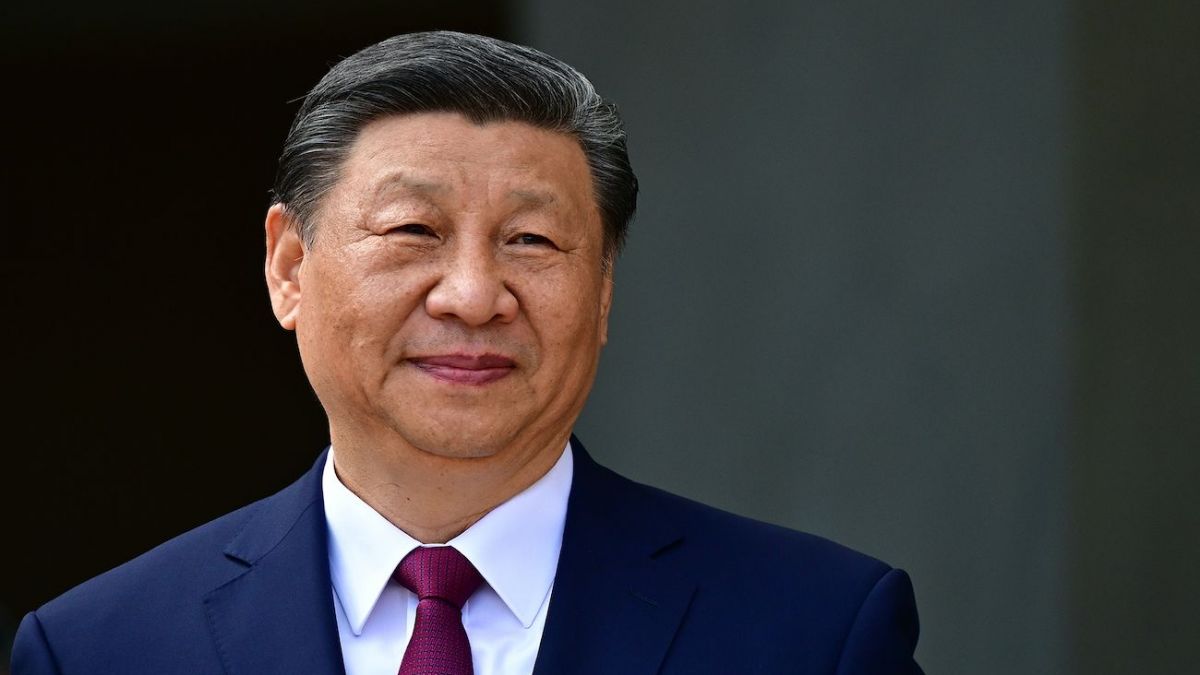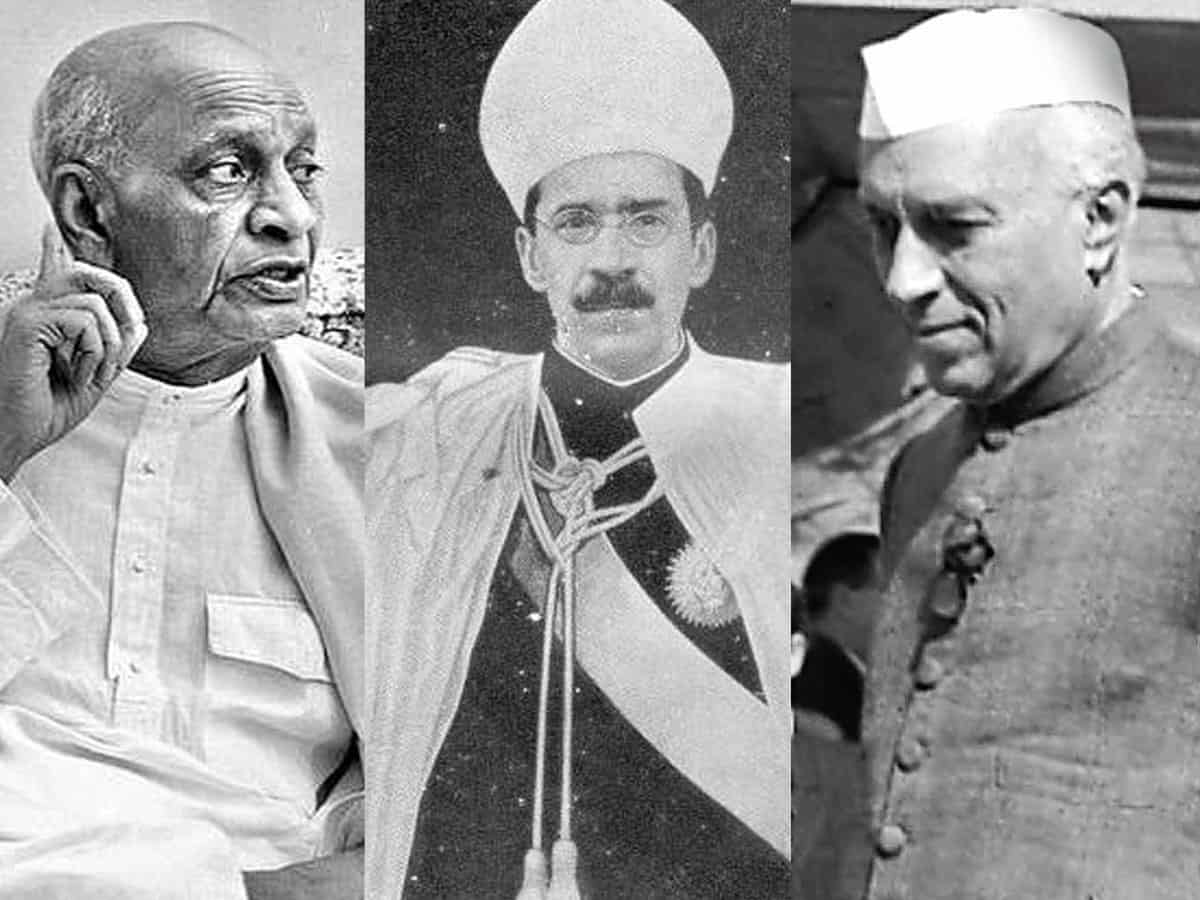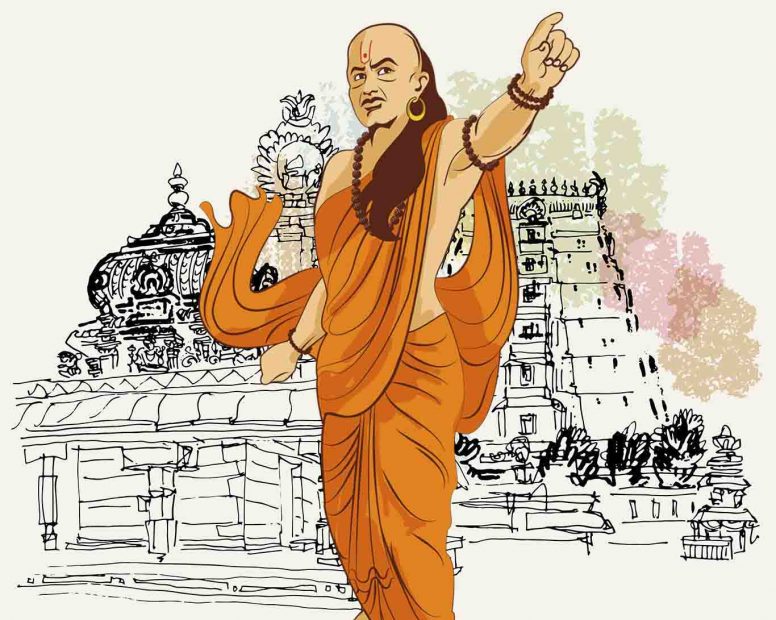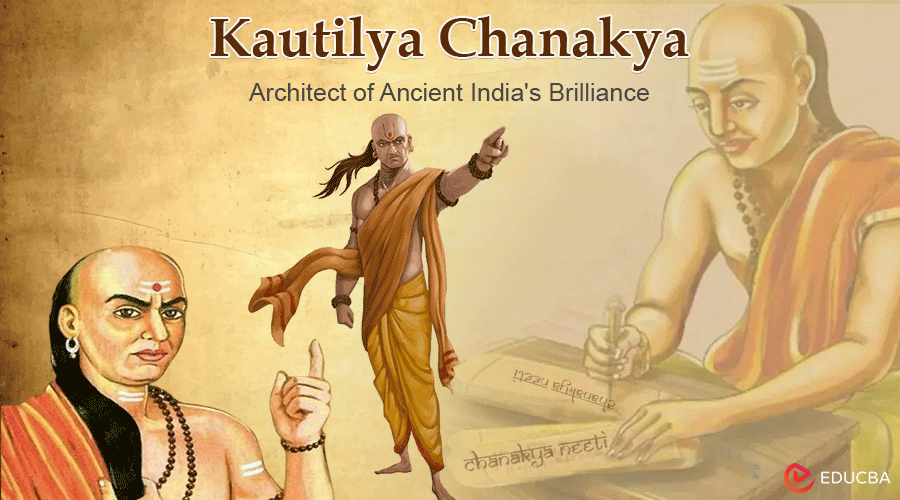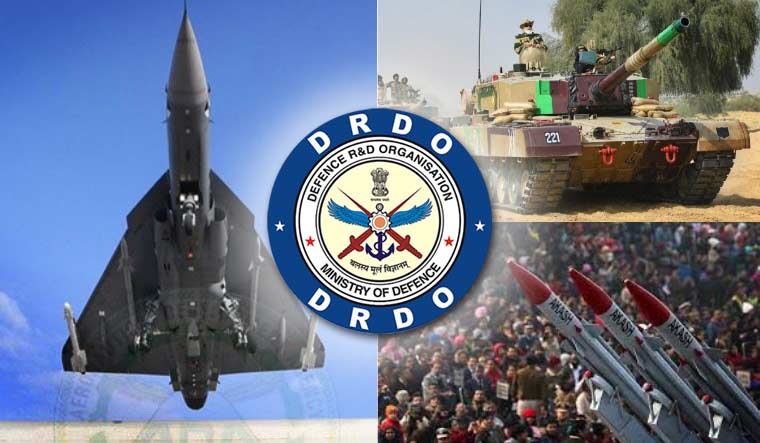
- Introduction
- The Formation and Structure of DRDO
- Objectives and Mission of DRDO
- Major Achievements of DRDO
- Challenges Faced by DRDO
- Future of DRDO
- Collaboration with Industry and Academia
- Summary
Introduction
The Defense Research and Development Organisation (DRDO) stands as a cornerstone in India’s journey towards self-reliance in defense and technology. Established in 1958, DRDO plays a pivotal role in researching and developing cutting-edge defense technologies to equip India’s armed forces. Its innovations range from missiles and fighter jets to medical advancements and cyber technology. This article delves into the structure, functions, achievements, challenges, and future aspirations of DRDO, highlighting how it has shaped India’s defense capabilities.
The Formation and Structure of DRDO
DRDO was formed in 1958 by merging the Technical Development Establishment (TDEs) of the Indian Army with the Directorate of Technical Development & Production (DTDP) and the Defense Science Organisation (DSO). Its primary mission was to meet the diverse requirements of the Indian military forces, including the Army, Navy, and Air Force, through indigenous defense production and technology.
The organization operates under the Ministry of Defence and is headquartered in New Delhi. DRDO is structured into several research laboratories and establishments across India, each specializing in specific areas such as armaments, aeronautics, missiles, naval systems, and life sciences. Currently, DRDO oversees around 52 labs dedicated to different aspects of defense research and development, with a workforce of over 30,000 personnel, including 7,000 scientists.
Objectives and Mission of DRDO
DRDO’s mission revolves around making India self-reliant in defense technology and providing world-class systems and solutions to the armed forces. It aims to:
– Develop indigenous defense technology: DRDO works to reduce India’s dependency on foreign arms and equipment by developing technologies domestically.
– Enhance defense capabilities: DRDO strives to strengthen India’s defense capabilities, ensuring the military is well-equipped to handle threats.
– Advance technology through R&D: DRDO promotes research and development to keep pace with technological advancements in the global defense industry.
In the words of former DRDO Chief, Dr. G. Satheesh Reddy, “The main goal is to achieve self-reliance in critical defense technologies and systems while constantly upgrading existing ones.”
Major Achievements of DRDO
DRDO has been instrumental in many of India’s defense successes, contributing to the development of missiles, aircraft, naval systems, and more. Here are some of its landmark achievements:
Missile Technology
One of DRDO’s most notable contributions is the development of India’s missile systems. The Integrated Guided Missile Development Programme (IGMDP) was launched in 1983 to develop a series of missiles, making India self-sufficient in missile technology. Key missiles developed under this program include:
– Agni Series: These are nuclear-capable ballistic missiles with ranges from 700 km to over 5,000 km. Agni-V, the most recent, is an intercontinental ballistic missile (ICBM) that can reach all of Asia and parts of Europe, boosting India’s strategic defense.
– Prithvi: This was the first missile developed under the IGMDP. It is a tactical surface-to-surface missile capable of carrying nuclear warheads.
– BrahMos: Developed in collaboration with Russia, BrahMos is a supersonic cruise missile and one of the fastest in the world. It can be launched from submarines, ships, aircraft, or land.
These missile systems significantly enhance India’s deterrence and offensive capabilities. The BrahMos missile, in particular, has been a game-changer, with the ability to hit enemy targets with precision at a speed of Mach 3 (three times the speed of sound).
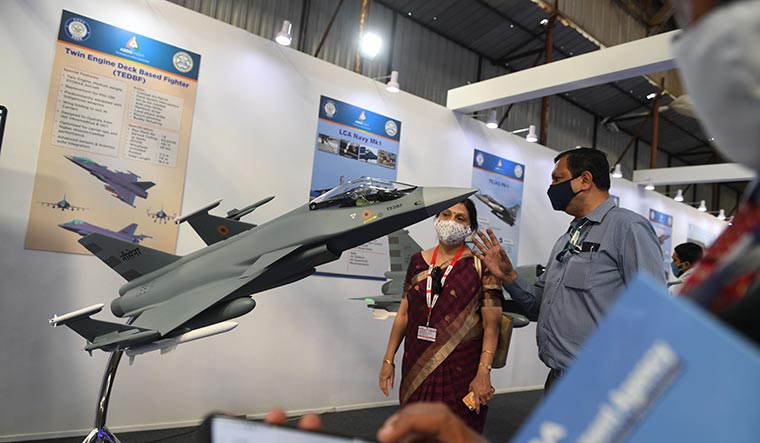
Aerospace Technology
DRDO has also made significant strides in the field of aeronautics, particularly with the development of fighter jets. The Tejas Light Combat Aircraft (LCA) is one of DRDO’s crowning achievements. Developed by the Aeronautical Development Agency (ADA), a unit of DRDO, Tejas is a single-engine, multirole light fighter designed for the Indian Air Force and Navy. It is capable of carrying a variety of weapons and boasts state-of-the-art avionics.
Tejas represents India’s push towards indigenously developed military hardware. In 2021, the Indian government approved the procurement of 83 Tejas jets for the Indian Air Force, marking a major step towards reducing dependence on foreign fighters.
Naval Systems
DRDO has also made significant contributions to the Indian Navy. It has developed advanced sonar systems, torpedoes, and underwater surveillance equipment. The INS Arihant, India’s first indigenously built nuclear submarine, is a product of DRDO’s research and collaboration with other organizations. This submarine provides India with second-strike capability in the event of a nuclear attack.
The organization has also developed VARUNASTRA, an advanced heavyweight torpedo, which strengthens the Navy’s underwater offensive capabilities.
Anti-Ballistic Missile (ABM) System
To protect against missile attacks, DRDO developed a two-tier ballistic missile defense (BMD) system. This system intercepts incoming missiles at both high altitudes (exo-atmospheric) and low altitudes (endo-atmospheric). With this system, India joins a select group of countries capable of intercepting enemy missiles in flight.
DRDO’s Contribution to Civilian Sectors
While DRDO’s primary mission is defense-related, it has also contributed to civilian sectors. For instance, it developed bio-digesters to convert human waste into usable gas and water, benefiting rural sanitation efforts and reducing pollution. DRDO’s innovations in life sciences, including the development of protective gear for soldiers, also have civilian applications in disaster management.
Challenges Faced by DRDO
Despite its numerous achievements, DRDO has faced criticism and challenges over the years:
Delays in Project Execution
One of the major criticisms of DRDO is the delay in the completion of projects. Some projects, like the Tejas LCA, took decades to come to fruition, which led to criticism regarding efficiency and time management. Long delays result in cost overruns and reduce the relevance of the technology in a rapidly advancing global landscape.
Over-reliance on Imports
Despite DRDO’s efforts, India still relies heavily on foreign suppliers for advanced defense technologies, especially in critical areas like jet engines and radar systems. This reliance limits India’s autonomy in defense and exposes it to geopolitical risks. DRDO is constantly striving to overcome this challenge, but the road to complete self-reliance is long and difficult.
Budget Constraints
DRDO operates on a tight budget, especially compared to defense research organizations in countries like the United States or China. Limited funding can slow down research and development and lead to reliance on foreign collaborations for high-end technology. As a result, there is a need for more significant investment in DRDO to allow it to undertake advanced research.
Future of DRDO
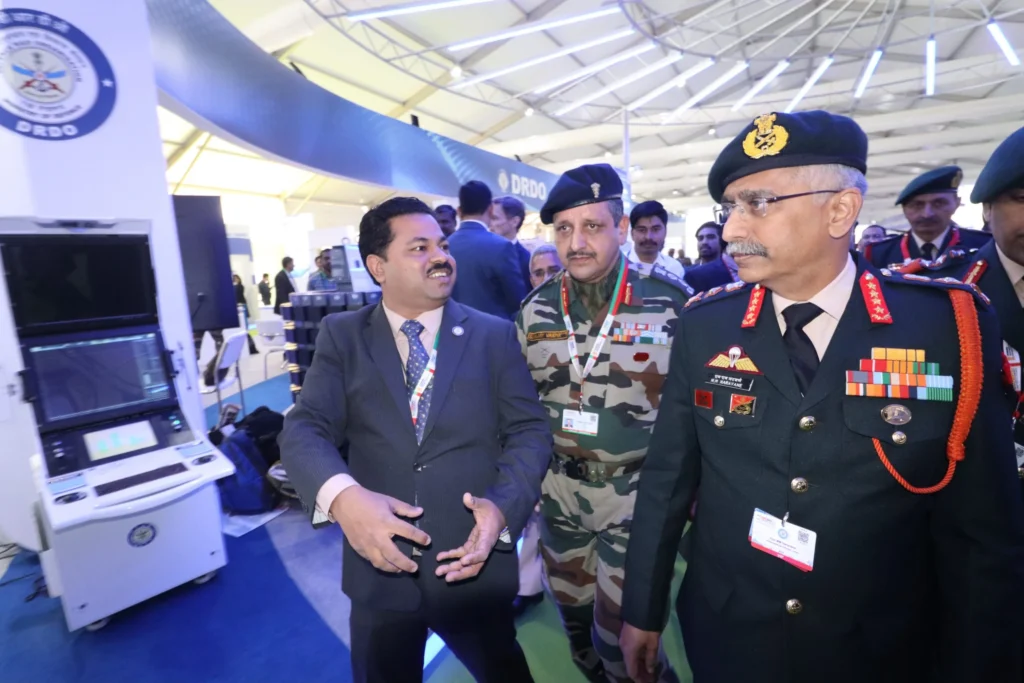
Looking forward, DRDO has a robust vision for the future, which includes developing next-generation defense technologies, modernizing existing systems, and expanding its role in strategic sectors.
Unmanned and Autonomous Systems
One area where DRDO is focusing its efforts is unmanned systems, such as drones and robotic vehicles. In a future where warfare may rely heavily on unmanned platforms, DRDO’s work in developing UAVs (Unmanned Aerial Vehicles) and UGVs (Unmanned Ground Vehicles) will be crucial.
The organization has already developed systems like the RUSTOM series of UAVs, which are designed for reconnaissance, surveillance, and intelligence-gathering missions. These UAVs are expected to be a key asset for India’s defense forces in the coming years.
Cybersecurity and Space Warfare
With the increasing importance of cyber defense, DRDO is also focusing on cybersecurity technologies to protect India from cyber-attacks. In addition, space is becoming a new frontier for defense, and DRDO is working on developing anti-satellite (ASAT) capabilities and other space-based defense systems.
In 2019, India successfully tested Mission Shakti, an anti-satellite missile developed by DRDO. This test demonstrated India’s ability to destroy satellites in space, marking a significant achievement in India’s defense capabilities.
Hypersonic Technology
DRDO is also working on hypersonic technology, which refers to vehicles or missiles that can travel at speeds greater than Mach 5. Hypersonic weapons are fast becoming a critical part of modern warfare, and DRDO’s development of hypersonic missile technology will help India stay competitive in the global arms race.
Collaboration with Industry and Academia
One of DRDO’s key strategies for the future is to strengthen collaboration with private industry and academic institutions. Through programs like the Technology Development Fund (TDF), DRDO encourages small and medium-sized industries to contribute to defense innovation. The aim is to build a defense ecosystem where private companies, academia, and government institutions work together to develop advanced technologies.
Summary
DRDO has played a pivotal role in ensuring India’s defense forces are equipped with the best technologies. From missiles to fighter jets, and from naval systems to cybersecurity, DRDO has made significant contributions towards India’s defense self-reliance. Although challenges such as delays and reliance on imports still exist, DRDO continues to make progress in developing indigenous technologies.
As India looks to become a global defense powerhouse, DRDO will remain at the forefront, driving innovation, modernization, and self-reliance in the defense sector. The future holds exciting possibilities as DRDO focuses on cutting-edge areas like hypersonic weapons, unmanned systems, and space defense, ensuring that India is prepared for the challenges of modern warfare.


